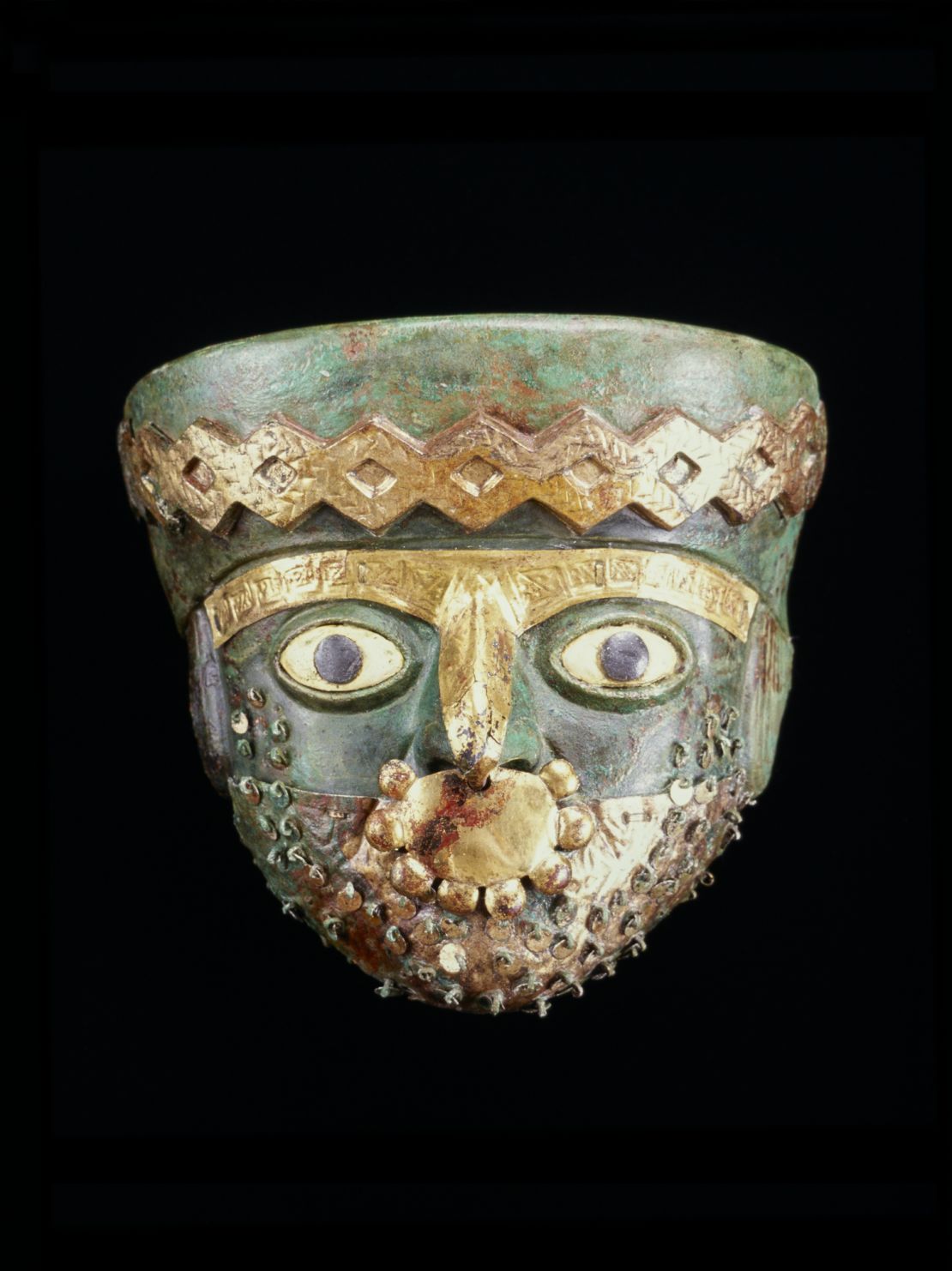Our perceptions of luxury are today defined by brands like Louis Vuitton, Lexus and Louboutin. But archaeological evidence shows that humankind’s obsession with luxury objects stretches right back to the earliest civilizations, predating the invention of money itself.
A new exhibition at the Getty Center in Los Angeles, “Golden Kingdoms: Luxury and Legacy in the Ancient Americas,” is dedicated to opulence in ancient cultures, in particular the pre-Columbian societies of the Aztecs and Mayans.
CNN spoke to the director of the Getty, Timothy Potts, about the exhibition that he co-curated.
CNN: What was it that inspired you to put on this exhibition?
Timothy Potts: The concept was developed by Joanne Pilsbury, who was then at the Getty Research Institute and is now a curator at the Metropolitan in New York. She’s an expert in pre-Columbian archaeology. We developed the idea that, while there’s been so much attention on goldwork going right back to the Spanish conquest (of the Americas), there has never been a series, study or exhibition on the other materials which these cultures valued – in many cases – much more than gold. This includes works made from shell, textiles, featherwork and semi-precious stones like jade.
What kind of themes and motifs do these items depict?
We know much more about the iconography of some cultures than others. Often we don’t have any written documents, like we do with Greek and Roman artifacts. So, to some extent, it’s guesswork. But from the context, we can presume that many of (the depictions are) to do with the gods. In the case of the Mayan culture, we do have written texts showing that these are usually representations of deities or underworld forces – beings that relate to the control of the world.

Were they just ornamental, or did they serve a deeper purpose?
I think “ornamental” is the wrong term. A lot of these items would really be classified as regalia, which would have been literally worn by royal and religious figures. Not only was this regalia there to be seen, but the metal it was made from would rattle. The sounds they made were apparently an important part of the effect they had.
They were definitely calculated to impress and to resonate, but not just aesthetically. These were deeply meaningful acts that the king and others were performing.
Did any of these luxuries trickle down to the common people?
By and large, we’re talking about a very elite level of society. Most of these objects were found in royal burial grounds and the pyramids of the Mayan realm. Materials like the (feathers) of macaw birds, which were imported across the Andes from Brazil, and shells, which could only be found by diving deep along the coast, were considered very precious and were essentially part of a royal prerogative.
What do we know about the people who made them?
Virtually nothing. We have one (attributable) Mayan work: a jade mask which is signed with the name of an artist. But that’s the only work in the exhibition where we know anything about the maker. And frankly, a name doesn’t tell you anything.
It’s almost certain that these were (created in) royal workshops. The materials were controlled by the elite, and (the artifacts) were made by craftsmen who had passed these skills down for generations. But there wasn’t a practice of naming these works, or the artist being a significant part of the creation.
What for you are the standout pieces in the show?
Gosh, there are so many of them. There’s the Mayan jade mask, the great objects from the Aztec capital (and) a whole wall of blue and yellow featherwork which survived for many, many centuries because it was buried in jars. (We also have) a royal tunic with multiple motifs woven incredibly finely into it, which is extraordinarily beautiful and technical. The whole exhibition is really quite a feat. Visitors will be bowled over.
“Golden Kingdoms: Luxury and Legacy in the Ancient Americas” is on at the Getty Center in Los Angeles from Sept. 16, 2017 to Jan. 28, 2018.











